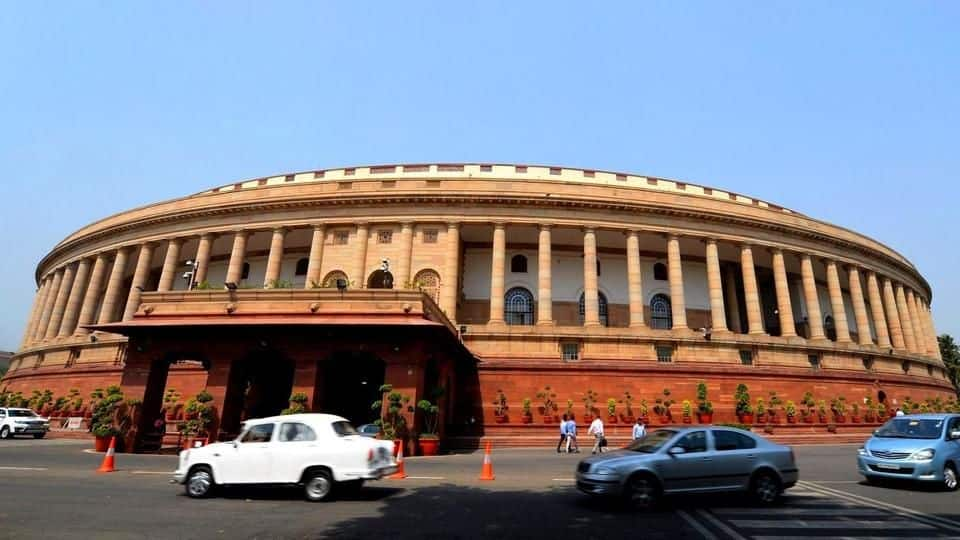
Interesting facts about how Rajya Sabha members are elected
What's the story
The elections for 58 RS seats will be held on March 23.
BJP has upped its ante, fielding more candidates than what they are eligible to win, making it a nail-biting contest. With this move, it may spoil the equilibrium for the Opposition.
Moreover, the RS race has first-time aspirants and state leaders with national ambitions.
But, how do RS elections proceed? We elaborate.
Composition
First off, how many members make up the Rajya Sabha?
The Constitution stipulates that RS's maximum strength can't exceed 250. So presently, it has 245 members, of which 233 are representatives of states and UTs. The remaining 12 are nominated by the President. These members are stalwarts in the fields of art, sports, etc.
Notably, though RS can't bring down the government, it can control it, especially when the ruling party doesn't enjoy a majority.
Process
What is the election process to the RS?
Members are elected by proportional representation by means of a single transferable vote (STV). Each voter ranks candidates as per their preference. So, 1 beside the most-preferred, 2 beside their second-most preferred one and so on.
Votes are transferred to another candidate under two situations:
1. When a candidate has more votes than required
2. When a candidate polls few votes making him a guaranteed loser
Quotas
How does the quota system work?
To win the RS seat, a candidate should get the required number of votes, known as quota.
A candidate requires one-fourth of the total number of votes polled plus one to get elected.
But, if no candidate gets the required the first-preferential votes, then the process of vote transfer takes place. This eliminates those who get the least first-preferential votes, continuing till a clear winner emerges.
Do you know?
Other details about Rajya Sabha
RS is a permanent house, with one-third members retiring every second year, after a 6 year term. Seats are allocated based on the population of each state. With reorganization and formation of new states, the number of seats allotted has been changing since 1952.